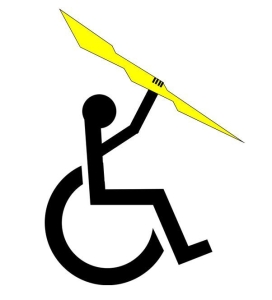Many of us fool ourselves into believing we have some special persona, especially men, that we are some type of rugged, resourceful, independent character in complete control of our lives i.e. Daniel Boone or Davy Crockett.
For most individuals with a disability this concept hits even closer to home. In rehabilitation people struggle to regain some semblance of independence and control over their new situation. It’s not easy, but with great effort and persistence the idea develops and after years we fool ourselves into believing it.

Andy’s dog Marz
Last week my friend Andy, from Utah, who was kind enough to share his story with us, took his dog Marz for a “walk” as he often does in the winter. The “walk” consists of him dropping his dog off on a road that’s not used much and then drives on and Marz trots after the truck till it stops and then hops back in. Everything went according to plan. After Andy had driven a while he stopped, and the dog jumped in. I’ll let Andy take it from here:
“The dog had a good walk and I was backing up to an area where I could get turned around. There is plenty of snow up here and I got one back tire off the road and got stuck. If I could have gotten out of my pick-up and shoveled, I could have gotten out in 5 minutes. Not so and unfortunately, I was just out of cell phone range. That was around 4:30 pm Tuesday. I figured somebody would eventually come, it took a while though. I had less than a half of a tank of gas and felt I should ration it as much as possible. It got dark and the coldest I saw it get was 8⁰. It is really kind of amazing how warm you can keep a pick-up with you and a shaggy dog inside. Marz was concerned, she knew something was up, and after her initial romp outside, she would not leave the pick-up. She is also trained not to get into the front seat and there was no way to cuddle with her. So, Tuesday night I slide over to the passenger seat because it has a heater. I kind of made it through the night unscathed. I listened to 8 hours of a book on tape. The stars were great!
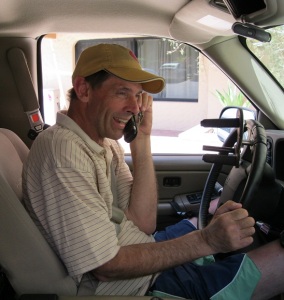
Andy in his truck
My problem was catheters. I did not bring my cathing stuff and by about 10 pm things were already getting uncomfortable. I was pretty clammy the results of dysreflexia but dealt with it. I think the dysreflexia was good and bad. It kept my heart rate up helping me stay warm, but was not very comfortable. I did have one lubricated, self- contained catheter. Unfortunately, it had been in my truck a long time and was not very lubricated anymore. I struggled for about an hour in the dark trying to get that thing in with no success. Without my tools and fingers that don’t work very well it is hard. So, by morning I had leaked all over. I cannot begin to tell you how much I hate the smell of pee. It is really stinky when you sit in it for hours.
The sun comes up and brings optimism and much needed heat. I was not in the direct sun and my pickup read 16⁰ at 1 pm and 30⁰ at 5 pm. Yes, I sat there the whole day on Wednesday, and nobody came by. I am not for sure if it was a mistake or a good thing, but I snagged that old catheter and slowly was able to work it in. Lots of spit and I rubbed it with the urine from my underwear. How is that for being resourceful. It still was very stubborn. I can’t imagine what I did to my urethra by doing that. And of course, it definitely was not a sterile procedure. I did drain about my max of 500 ml’s. I had nothing to drink either or pills, but I think I resolved my full bladder issue.
I confess I was a little depressed when, after a whole day nobody came by and I knew I had to make it another night. It is amazing how fast a Urinary Track Infection (UTI) kicks in by introducing germs that way. By 8 pm I was shaking terribly, had terrible cold sweats and knew my butt was not happy anymore. 24 hours in a pickup seat sitting in your own urine is not good for the butt. I knew I was in for a long bad night.
Fortunately, my friends, that call me all the time got worried when I had no cell signal. At 10 pm they called the sheriff. The sheriff was able to ping my last phone signal. Search and rescue found me pretty quick. I told them to just take me to the hospital. My body temp was 90⁰ at first and my blood pressure was pretty high. I told the ER nurse going in I was pretty rank. I had peed all over myself. They warmed me up, cleaned me up, gave me an antibiotic, patched my butt (it was not too bad), and sent me on my way. …
There can be this huge helpless feeling at times being in a wheelchair to the point of breaking you down. I hate having my disability dictate how I run my life. All my friends said just send them a text and let them know where I am going and let them know I made it. I choose to live my life the way I do… I do numerous things that could get me in trouble which the able- bodied person can’t even begin to understand. I don’t want to text somebody every time I push the limits a little. But I definitely do not want to die freezing to death. At least not anytime soon, it was hard. If I am freezing to death, I don’t want to have a fever at the same time or a pressure sore forming on my butt. Really made it complicated. I don’t think I would have had another night in me, but I never lost hope somebody would show up. Makes me feel lucky I have people that love and care for me.
So, do you think that warrants cheating death. Maybe not quit there but getting close. If my truck would have quit working it would have been slow and more painful, probably death. So, what do you think; am I a guy that you may think is just too crazy or stupid? I think one goes hand in hand with the other. My motto is we are here to live life, not watch it go by. Being in a wheelchair brings that to a whole new level. I do think there are ways to mitigate risk. Trying to explain that to an able body person is really hard. Fear can paralyze you, but gives us the opportunity to excel. I definitely think very few people want to live with the risks I do. I understand that and that is okay. I don’t want to live a sedentary lifestyle.”
Risk exists for all of us. For an individual confined to a wheelchair who is determined to be active risks can catapulted one back to the reality of how helpless and dependent we really are. For many risk worth taking because as the Poem says: “Only a person who risks is free.”
Andy’s survival is a testimony to his resourcefulness, but as he says “risk can be mitigated.” There are several companies which, for a nominal fee, will provide a pendant which can be worn and when activated can locate your position anywhere in the United States and send help. A small Survival Kit can be put together and carried on a wheelchair or in a glove box of a vehicle. The lesson here is to prepare yourself ahead of time not, not to risk.
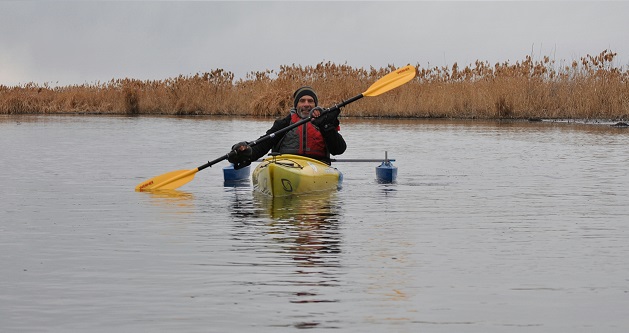
Andy Kayaking Thanksgiving Day 2018


 During the age of sailing ships at times a ship would run into places in the ocean where there was no wind blowing. These areas were known as the doldrums. For all intent and purposes the ship was unable to move. They would try to move by sending sailors out in a rowboat and have them tow the ship or they would take the anchor, at least in the movies, out as far from the ship as they could, drop it and then wind up the anchor chain to move the ship in that direction. However, it’s my understanding that neither of these techniques worked very well. Without the wind the only movement, they had was the ocean current which many times took them away from where they actually wanted to go. Ships could easily be stranded for days or even several weeks. At times, their situation became dire.
During the age of sailing ships at times a ship would run into places in the ocean where there was no wind blowing. These areas were known as the doldrums. For all intent and purposes the ship was unable to move. They would try to move by sending sailors out in a rowboat and have them tow the ship or they would take the anchor, at least in the movies, out as far from the ship as they could, drop it and then wind up the anchor chain to move the ship in that direction. However, it’s my understanding that neither of these techniques worked very well. Without the wind the only movement, they had was the ocean current which many times took them away from where they actually wanted to go. Ships could easily be stranded for days or even several weeks. At times, their situation became dire.

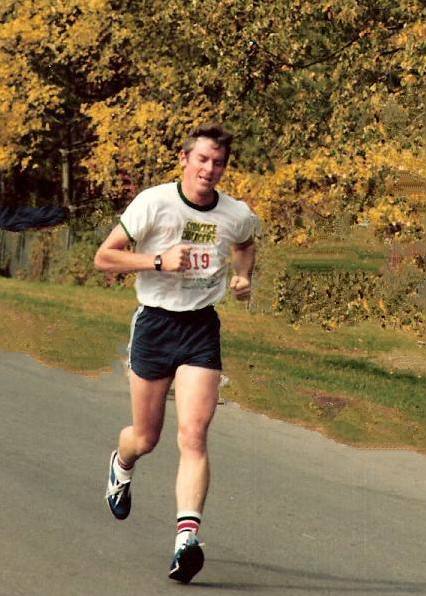
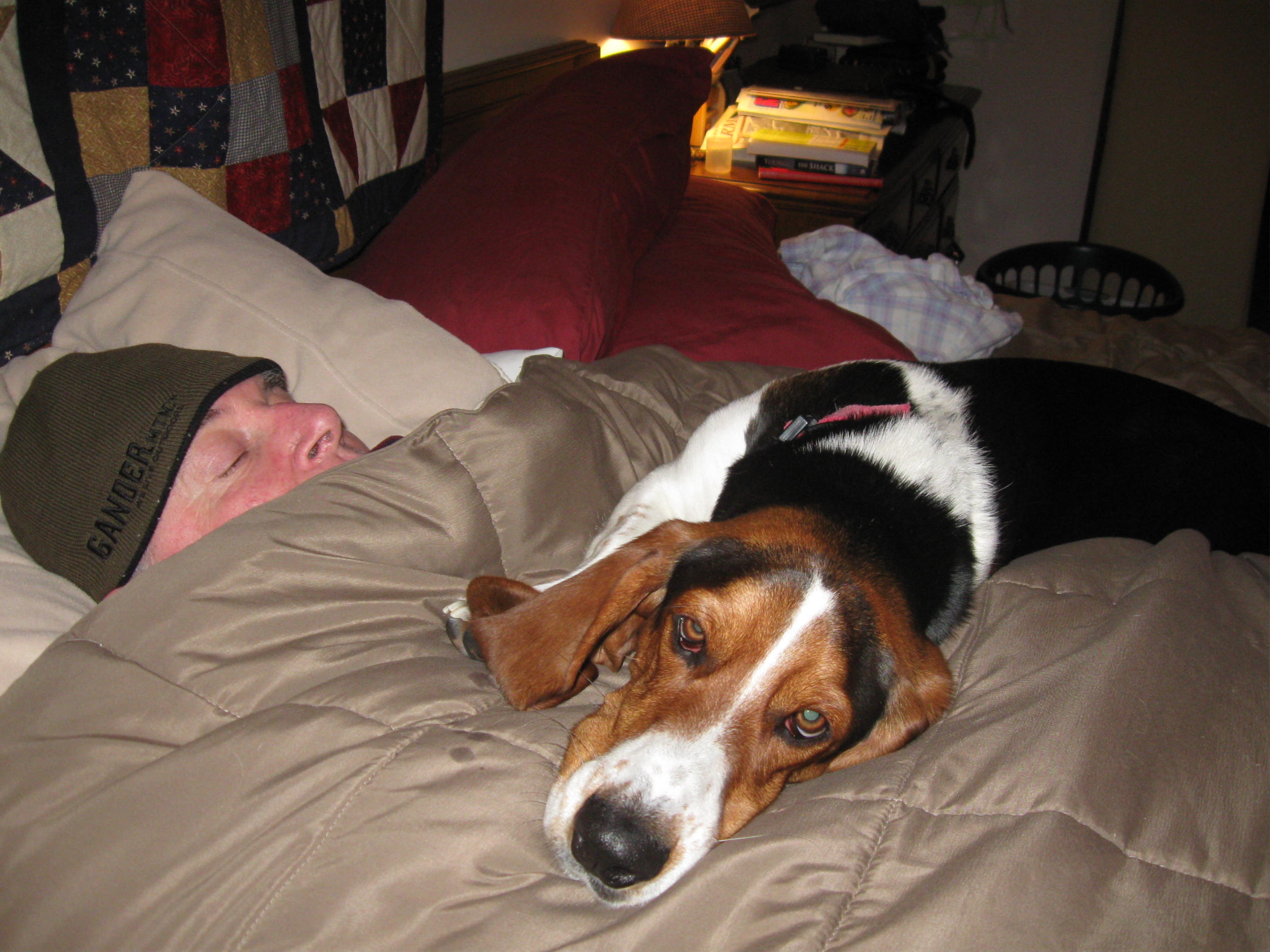
 “Just a minute,” “I’ll be ready in a second” and “Hurry up!” Without a doubt we are a time-oriented culture. Time is a factor used to measure most occurrences in our society. The majority of our athletic contest all have a time factor controlling them. Speed is often considered an asset. People are usually more than willing to tell you how quickly they accomplished a given task like a Rubix’s Cube or Cup Stacking.
“Just a minute,” “I’ll be ready in a second” and “Hurry up!” Without a doubt we are a time-oriented culture. Time is a factor used to measure most occurrences in our society. The majority of our athletic contest all have a time factor controlling them. Speed is often considered an asset. People are usually more than willing to tell you how quickly they accomplished a given task like a Rubix’s Cube or Cup Stacking.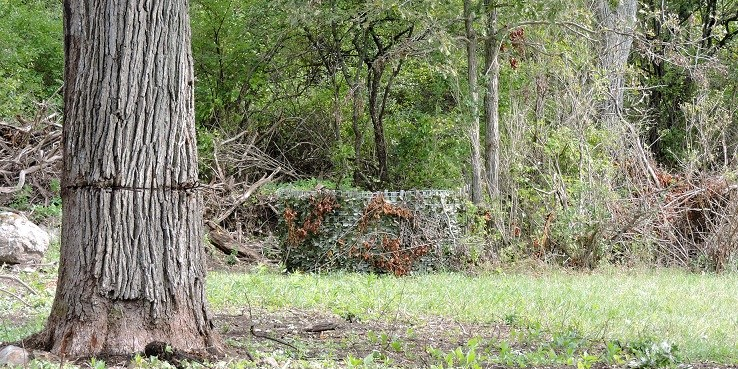
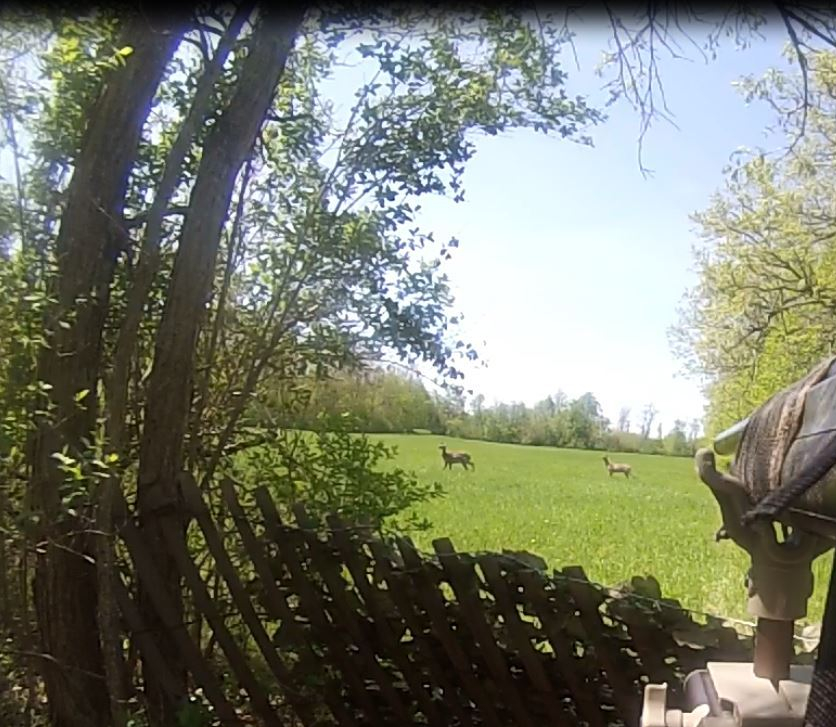

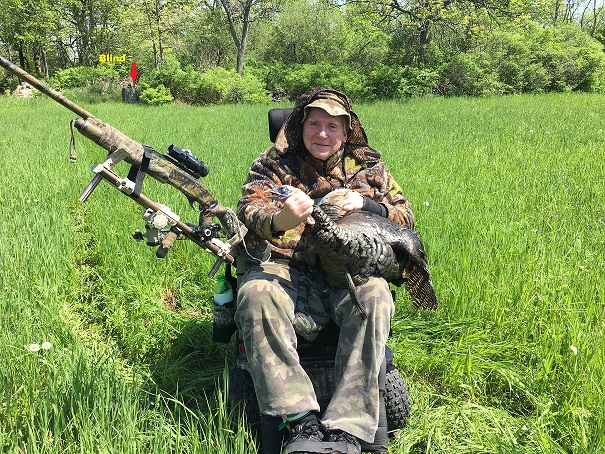

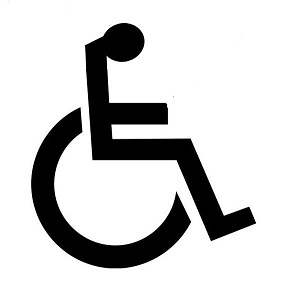 rehabilitation they must begin to develop and adjust to a new lifestyle. In the beginning many people often try to solve the challenges they now face with the same techniques they did prior to their disability. Most of the time because of changes brought on by the disability the “old ways” don’t work anymore. To continue this type of approach can lead easily to frustration in the short run, discouragement and failure in the long run. Some individuals seem willing to accept failure as the ultimate outcome. Over time this acceptance can become a way of life. Believing, if I tried to do this and can’t do it, why should I try something else because I won’t be able to do that either. After a while I believe this can become, what I like to call, learned helplessness and the individual retreats to a highly sedentary lifestyle. The disability is now dictating how they live.
rehabilitation they must begin to develop and adjust to a new lifestyle. In the beginning many people often try to solve the challenges they now face with the same techniques they did prior to their disability. Most of the time because of changes brought on by the disability the “old ways” don’t work anymore. To continue this type of approach can lead easily to frustration in the short run, discouragement and failure in the long run. Some individuals seem willing to accept failure as the ultimate outcome. Over time this acceptance can become a way of life. Believing, if I tried to do this and can’t do it, why should I try something else because I won’t be able to do that either. After a while I believe this can become, what I like to call, learned helplessness and the individual retreats to a highly sedentary lifestyle. The disability is now dictating how they live.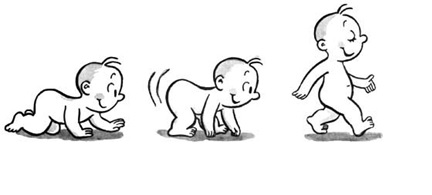 A young baby trying to turn over, crawl or learning to walk has no concept of failure, imagine if a baby tired of failing all the time accepted failure and stopped trying. They would never learn to roll over, crawl or walk. Accepting failure as part of a bigger process enables the individual to learn and continue moving forward. If attitude toward failure is learned, it can be unlearned or at the very least modified. In reality, there are many alternative ways to solve a particular challenge. Progress may be slow at first, but over time they become enabled and take control of their future called learned empowerment.
A young baby trying to turn over, crawl or learning to walk has no concept of failure, imagine if a baby tired of failing all the time accepted failure and stopped trying. They would never learn to roll over, crawl or walk. Accepting failure as part of a bigger process enables the individual to learn and continue moving forward. If attitude toward failure is learned, it can be unlearned or at the very least modified. In reality, there are many alternative ways to solve a particular challenge. Progress may be slow at first, but over time they become enabled and take control of their future called learned empowerment.